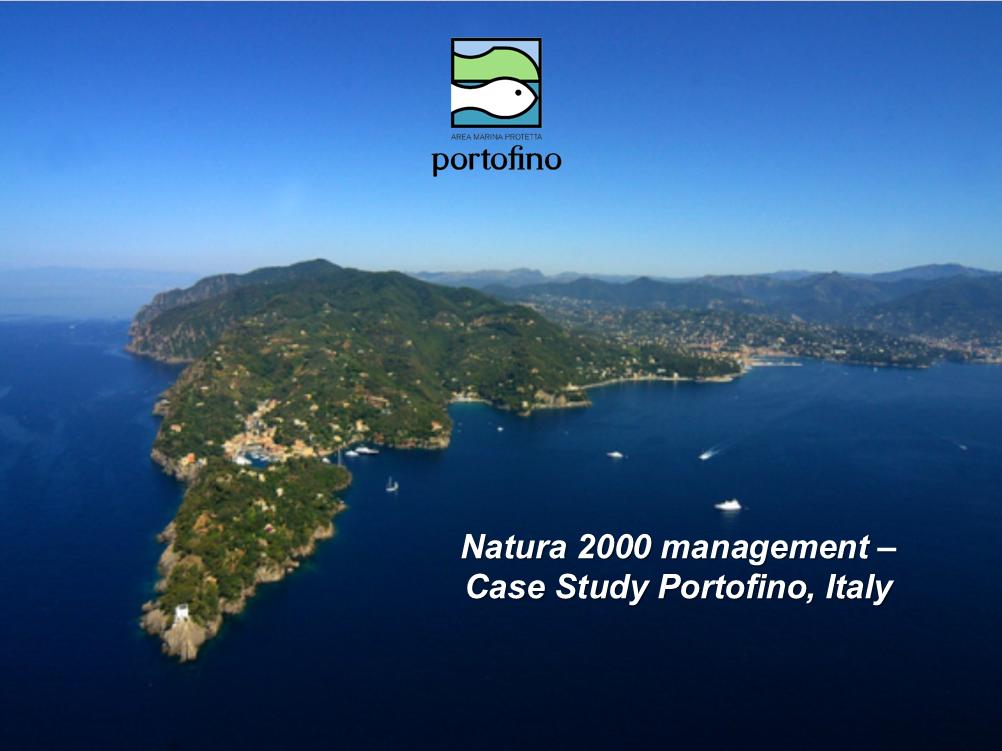Webinar: Marine Natura 2000 Sites
Management challenges in Marine Natura 2000 Sites
- Wednesday, 5th December 2018, 10:00 CET (Central Europe Time)
- Register here
Over the years the EU has established an increasingly robust policy framework (Habitats & Birds directives and Marine Strategy Framework Directive) to address the multiple challenges facing its marine environment and to ensure a more sustainable ecosystems-based approach to the use of its marine resources.
The Habitats Directive lists nine marine habitat types and 16 species for which marine site designation is required, whilst the Birds Directive lists a further 60 bird species whose conservation requires marine site protection.
As its terrestrial counterpart, the marine environment is also divided in different biogeographical regions: Marine Atlantic, Marine Baltic, Marine Black Sea, Marine Macaronesian and Marine Mediterranean.
At the end of 2017, more than 3000 marine Natura 2000 sites have been designated, which cover more than 7% of the total EU marine area (over 400,000 km2).
In this webinar, we will get to know two of these designated sites, one from the Marine Atlantic region – the Isles of Scilly, presented by Tom Hoppe, from Isles of Scilly Inshore Fisheries and Conservation Authority (IFCA) and one from the Marine Mediterraneanregion – the Portofino MPA introduced by Valentina Cappanera,.
The webinar will be presented by Fotios Papoulia, policy officer from the EC DGENV, who will introduce the main priorities and challenges of Natura 2000 in the Marine Environment.
Case Study 1
Proactive management of fisheries within a Special Area of Conservation – the Isles of Scilly.
Future challenges to managing a site and making good decisions in the context of relatively poor knowledge.
By Tom Hoppe, Chief Fisheries and Conservation Officer for the Isles of Scilly Inshore Fisheries and Conservation Authority (IFCA)
The Isles of Scilly are an archipelago 40km from the mainland of Cornwall on the South West tip of England. The islands were designated as an SPA in 2001 and as an SPA in 2005. A Marine Conservation Zone comprising 11 ‘subsites’ was designated in 2013. The site has been designated for species such as reefs, seagrass beds, grey seals. The Inshore Fisheries and Conservation Authority (IFCA) has responsibility for the management of fisheries within an area out to six nautical miles, in total 406 square kilometres of sea. Commercial fishing only takes place at a very low level of pressure, with 23 local boats primarily operating pots and nets.
Tom Hoppe will talk about the relationships between the different agencies involved and how they have operated within a new requirement to proactively manage fisheries within the SAC. He will mention the different pressures on this system and how they are managed; highlighting where this management is cultural, voluntary or through a regulation. He will also talk about future challenges to managing a site and making good decisions in the context of relatively poor knowledge.
Case Study 2
Italian MPAs and the management of Natura 2000 – the example of Portofino MPA
By Valentina Cappanera, Staff member of the Managing entity of the Portofino MPA
The management of marine Natura 2000 sites is not homogeneous at Italian level. However, in global terms, the current situation of marine Natura 2000 sites in Italy is not good and an alignment with other countries is needed. Portofino is the third smallest MPA in Italy; nevertheless, it has a really rich flora and fauna heritage but suffers a strong human frequentation.
As any other Italian MPA, Portofino has to carry on its conservation goals fitting the regulation with the necessity of protection of Natura 2000 sites. In her presentation, Valentina will tell us about their goals and efforts to regulate acess within the MPA.
